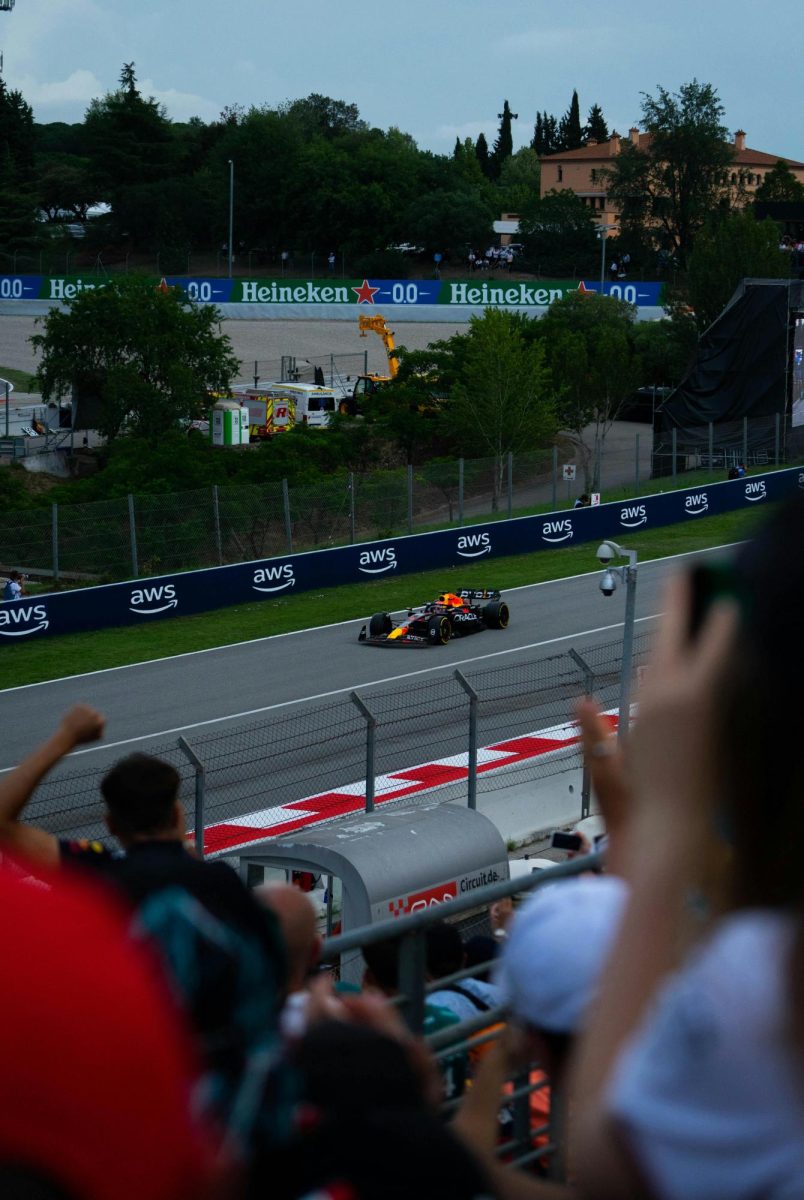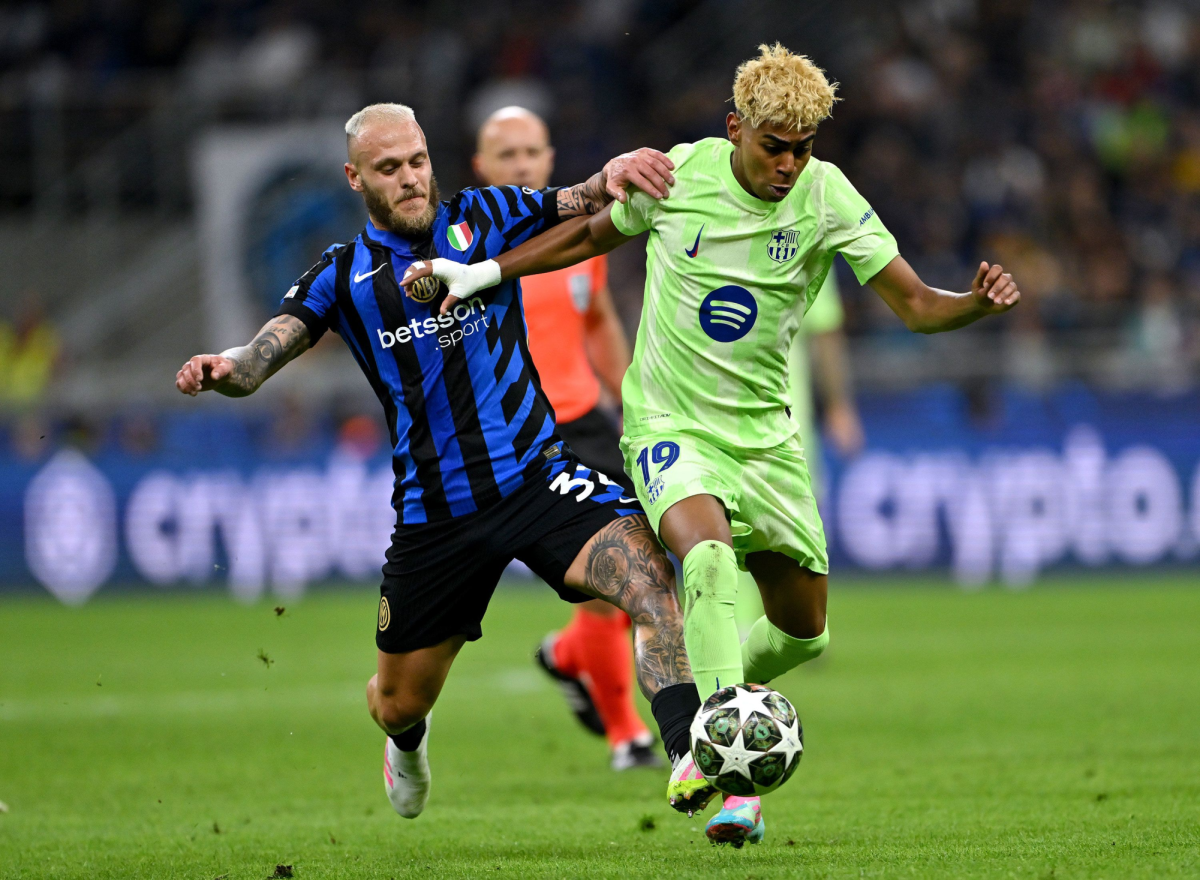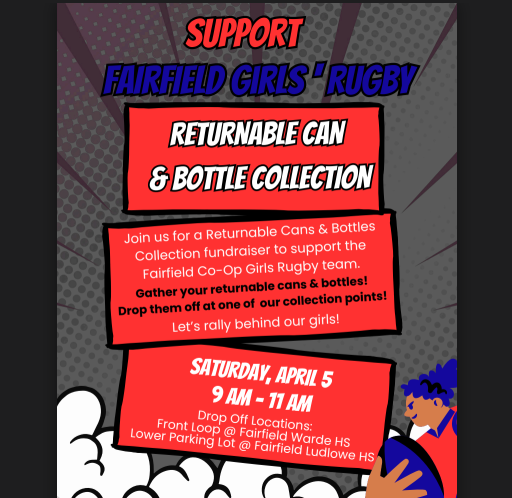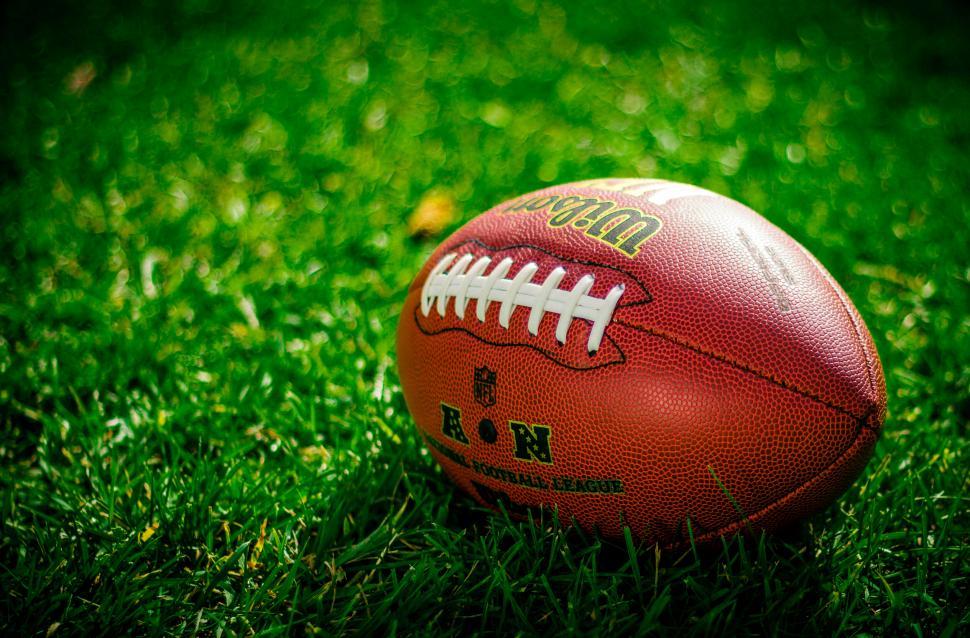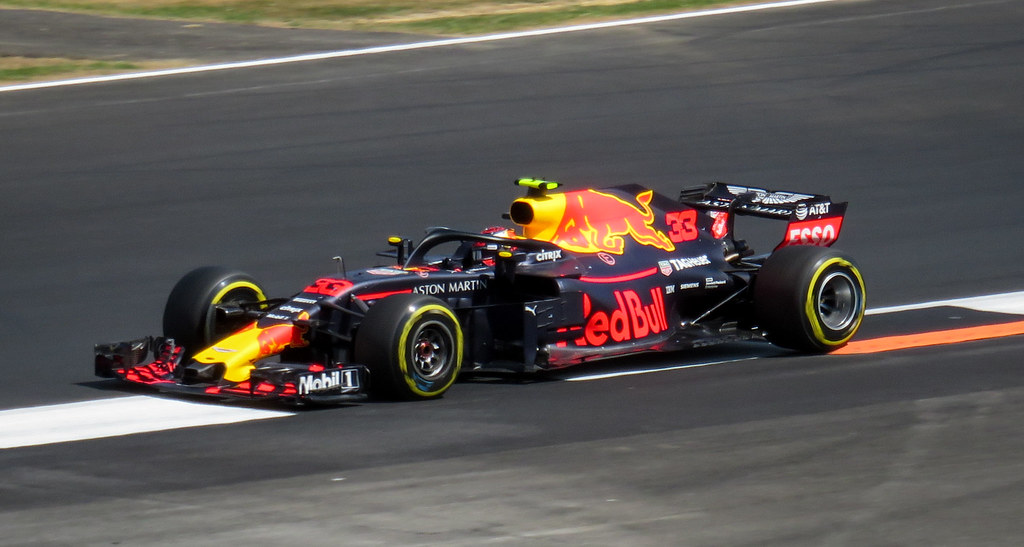Formula 1 is considered the pinnacle of motorsport and for good reason. At speeds up to 233 mph, 10 teams compete in 24 races every year, driving for titles. There is the World Drivers Championship, (One driver) and the Constructors Championship (One team). Even though it’s a very popular sport, it’s pretty complicated to understand. What should you expect, and who should you look for?
A race weekend has 5 events, including the race. On Friday, there are 2 free practice sessions. These allow teams to adjust their car to the climate, and drivers to practice on the track. Drivers do not have to be on track the whole time, but a lot of strategy goes into when drivers find time to go around.
On Saturday, drivers race the 3rd and final practice session and something called qualifying. Qualifying is a 45 minute period on the track split into Q1 (18 minutes), Q2 (15 minutes), and Q3 (12 minutes). The purpose of qualifying is to set up what order drivers will start the race in. During Q1, all 20 drivers race to get the fastest lap possible. Teams can choose when to be on the track, and they do not have to drive the whole allotted time. After the 18 minutes, the slowest 5 times are eliminated, and their positions are set for the race in 20-15th place. In Q2, the same process repeats, drivers race for the fastest lap time, and the bottom 5 are eliminated, setting 15-10th place. Q3 is the most important, determining who starts the race at the front, called pole position. This term comes from horse racing, where the best horse would be on the inside of the track, closest to the pole marking the starting position. For 12 minutes, the top ten drivers race for pole, and race positions are set. The better the position, the better chance of a win, so qualifying is very important to the race results. After Qualifying, times are permanently set.They can only be changed by a penalty. Times can be deleted for going over track limits, or an addition of time to a lap due to interrupting the laps of others, or due to overuse of engine parts. Every team is given a certain amount of parts, and if they go over it, they will be penalized. After all of Qualifying is complete, and penalties are administered, the starting grid is set.
Sunday is when the real race takes place. Drivers take their place on the grids after their teams decide what tyres they will run. Different types of tyres can last longer and complete a lap faster, so the decision on what type of tyre can make or break a race. It’s a very strategic decision. All the cars do a formation lap to warm up their tyres and find their place behind the line. When the lights go out, the race begins. Depending on the amount of laps the race has, pit stop strategies change a lot. The two most common strategies are one-stops and two-stops. When a driver pits, they lose time and positions, so a good pit strategy can make or break a race. One stop strategies usually allow a driver to maintain position, giving less setbacks but more worn tyres, while a 2 stop gives better tyres and lap times, allowing a catch-up from lost positions if done well. It’s very important that teams find the perfect place for the driver to come back out, avoiding traffic if possible. Another important part of races are the safety car and the flags decided by the FIA (Fédération Internationale de l’Automobile, the ruler makers for the sport). When a car crashes or spins, the other cars have to slow down to avoid injury. They can either be shown different color flags to signify what they should do, or the safety car will get on the track. When a safety car is on the track, all the drivers must slow down and form a line behind the safety car while debris is cleared. No overtaking or speeding is allowed under a safety car. If this happens, a penalty will be administered. After a set amount of laps the race is over, and a winner is crowned.
After the race, audiences can stick around for the podium celebrations with trophies, medals, and champagne. Many fans also take time to enjoy post-race interviews of their favorite drivers.
Now that you know your way around a race weekend, enjoy Formula 1!

